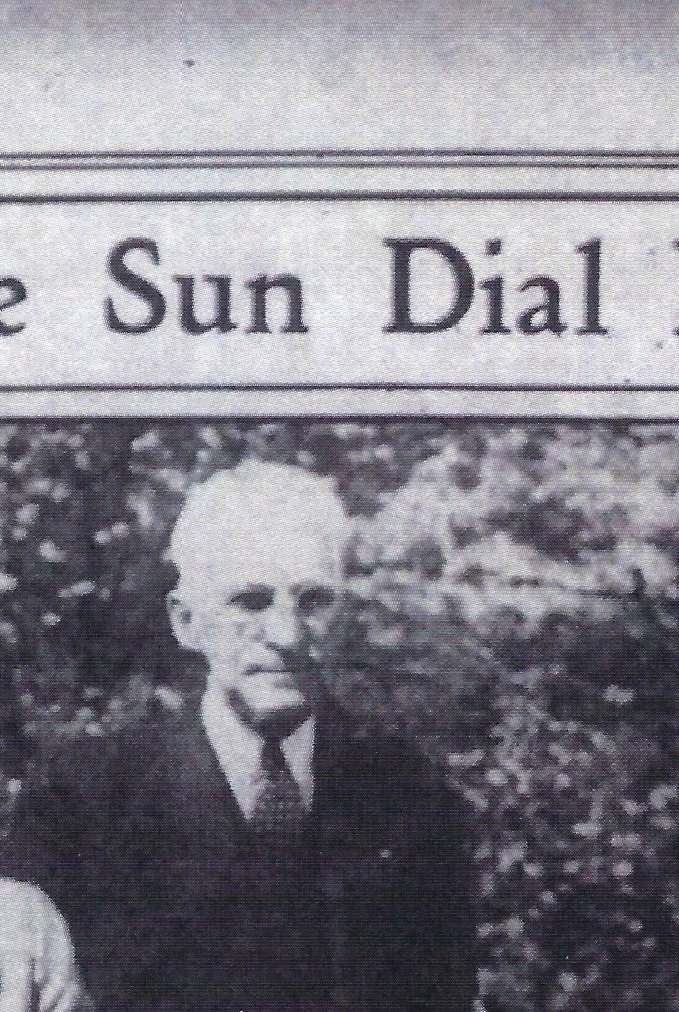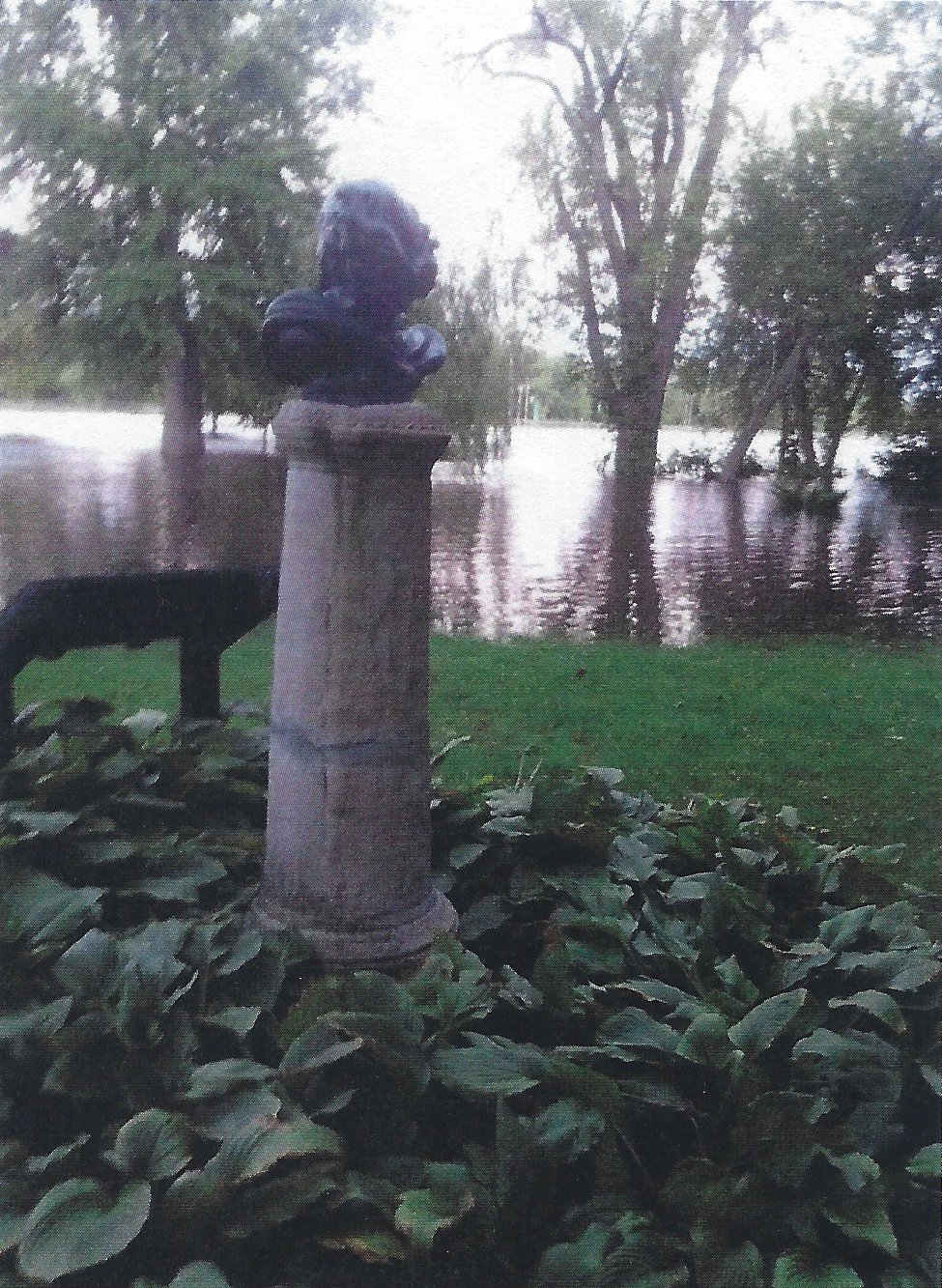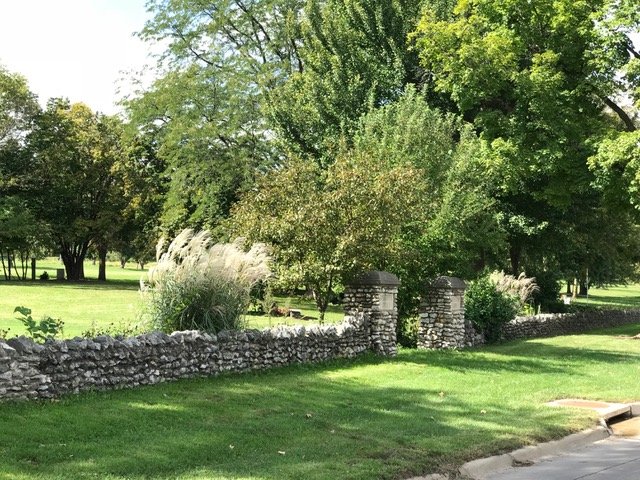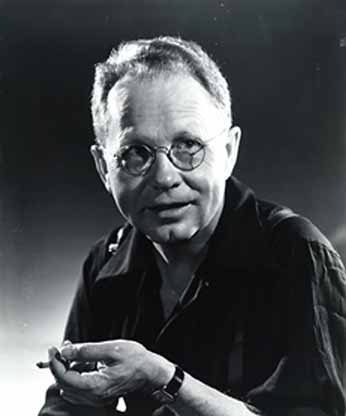“There is a history in all men’s lives…”
— William Shakespeare
1895
Cedar Rapids Wednesday Shakespeare Club first meets.
1926
Women of the Wednesday Shakespeare Club partner with the city of Cedar Rapids and commit to creating a Shakespeare Garden. The city designated 1.4 acres in Ellis Park, overlooking the Cedar River.
1927
The Shakespeare Garden at Ellis Park is established. A mulberry tree, of the same species as in Shakespeare’s garden, was planted and still thrives today.
1928
Grant Wood, Marvin Cone, Ed Roan and Edwin Bruns were enlisted as project advisors, and Professor Phillip Elwood, head of Landscape Architecture at Iowa State University, was named head designer.
1929
The first gardener, William Wood, was a native of England and an expert in English-style gardens. He served as Parks Superintendent for nearly 40 years and initiated a nearly 100 year long public-private partnership with the Shakespeare Garden.
1931
The first piece of public sculpture in Cedar Rapids, a bronze bust of ‘The Bard of Avon’ was installed.
1937
A sundial, made by local artists, was installed.
1950-1971
The original thatched entrance, designed by Wood and Cone, was replaced by stone walls and columns designed by Mrs. Charles Hickok and W.J. Brown, Architect.
2019
Friends of Shakespeare Garden (FOSG) grassroots group is formed to revitalize the garden in partnership with the Northwest Neighbors Neighborhood Association including the City of Cedar Rapids, Ellis Park staff and Parks Department, the Cedar Rapids Garden Club, Master Gardeners, and the Wednesday Shakespeare Club.
2008
The Cedar River crested to its highest level in Cedar Rapids history, 31.12 feet. It did significant damage to the Time Check neighborhood and the Shakespeare Garden.
2020
The “Derecho” brought wind speeds up to 140 mph and destroyed over 70% of Cedar Rapids tree canopy — including several trees in the Shakespeare Garden.
2022
FOSG hires landscape architect Natalie Ross to design a newly inspired garden that incorporates pollinators and hardscape designs reflective of the English garden aesthetic.
2023-2025
The project is completed, and the Garden and park has renewed neighborhood and city engagement, featuring plant education, community programs and events including art and music.


















